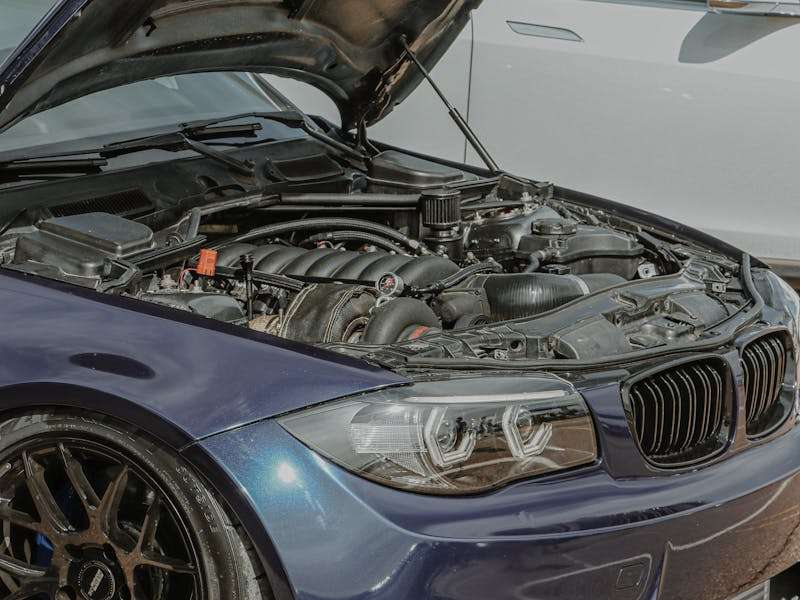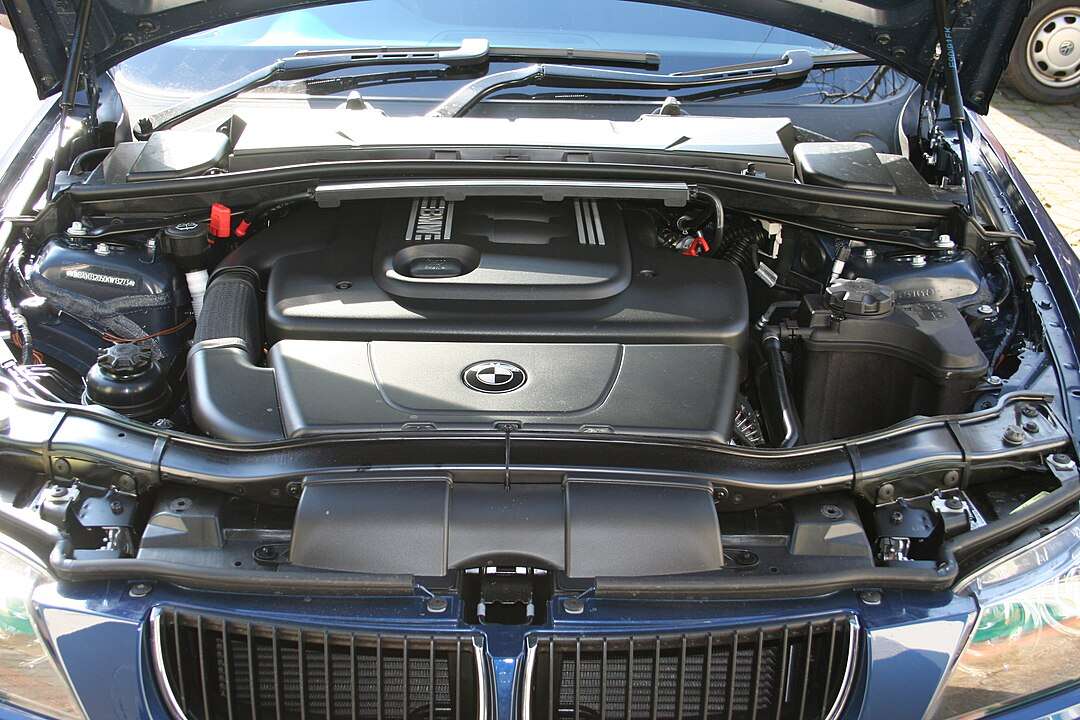The common parts of a car hood include hinges, latches, gas struts or springs and sound insulation pads. The car hood is not just a stylish exterior feature, but an essential component that protects your engine and other vital parts.
Different parts of a car hood have unique maintenance requirements. From hinges to latches, each part plays a crucial role in securing and accessing the engine compartment. We’re going to look into the car hood’s construction and functionality.
The function and purpose of each car hood part.
These car hood parts have different functions and purpose like the hinges allow for smooth pivoting, the latch keeps the car hood secure while you drive.
1. Hinges.
The hinges on a car hood allow for smooth pivoting, making it easy to open and close. This ensures convenient access to the engine compartment without any hassle.
2. Latch.
A crucial part of the car hood, the latch keeps it securely closed while driving. It prevents any unexpected opening that could potentially be dangerous or cause damage.
3. Gas struts or springs.
To hold up the car hood when open, gas struts or springs provide essential support. These components make it possible to conveniently access the engine compartment without needing to hold up the hood manually.
4. Sound insulation pads.
Engine noise and vibrations can be quite bothersome inside a vehicle. That’s where sound insulation pads come into play. These pads are placed strategically on the underside of the car hood to reduce noise from the engine and minimize vibrations transmitted through it.
How to open a car hood: step-by-step guide.
Locating the interior release lever is the first step in opening your car hood. This lever is usually found beneath or near the dashboard on the driver’s side. Once you’ve located it, give it a good pull to activate the cable mechanism that disengages the latch holding down the car hood.
After releasing the interior lever, it’s time to move to the front of your vehicle. Look for the secondary safety latch, which is typically situated under or near where you initially lifted. To fully open your car hood safely, lift up on this latch.
With both latches released, you can now carefully raise your car hood. Take care as you lift it until it remains in an upright position. Gas struts or springs will provide support to keep it open.
To summarize:
- Locate the interior release lever beneath or near the dashboard on the driver’s side.
- Pull on the release lever to activate the cable mechanism and disengage the latch.
- Move to the front of your vehicle and find and lift up on the secondary safety latch.
- Lift your car hood carefully until it remains upright with support from gas struts or springs.
Opening a car hood may seem like a simple task, but following these steps ensures that you do so correctly and safely without causing any damage.
Tips for opening and maintaining your car hood.

Car hood maintenance involves cleaning, lubricating hinges, a little inspection and replacement of parts and it ensures that the car body stays in a good condition.
Regularly lubricate hinges and latches with appropriate lubricants to ensure smooth operation. Inspect rubber grommets around hinge points for signs of wear or damage; replace if necessary to prevent misalignment or rattling noises while driving.
Clean debris from under your car hood regularly using compressed air or soft brushes to maintain optimal performance of engine components.
Check gas struts or springs periodically for signs of wear or loss of pressure, as they may need replacement to keep the car hood properly supported.
How to open your car hood.
Start by locating the handle inside your vehicle, usually near the driver’s side footwell. Pull the handle towards you firmly but gently.
Step out of the vehicle and go to the front. Find the secondary latch near the center of the hood and release it by pulling up or pushing sideways, depending on your car model. Lift the hood slowly until it stays in an open position.
How to maintain your car hood.
Regularly check the radiator cap, windscreen washer fluid level, and engine oil level to ensure they are at appropriate levels for normal operation.
Handle your car hood with care when opening and closing it to avoid any damage. Use caution when working under a raised hood to prevent accidents; use support props if needed. Check for any loose or damaged parts during routine maintenance inspections.
Remember, proper maintenance of your car hood is essential for its longevity and trouble-free operation. Ensure that opening and maintaining your car hood becomes a hassle-free task in your regular maintenance routine by following these tips.
Identifying and understanding car parts under the hood.
Some of the parts found under the car hood are the serpentine belt, engine air filter, battery and radiator. The car hood houses various components that are essential for the proper functioning of a vehicle.
- The engine air filter.
This crucial component filters out dust and debris, ensuring that only clean air enters the engine. By preventing contaminants from entering the engine, it helps maintain its performance and longevity.
- The battery.
Responsible for providing electrical power, the battery plays a vital role in starting the vehicle and operating various electrical systems. Without a functional battery, you wouldn’t be able to start your car or use features like lights or radio.
- The radiator.
As part of the cooling system, the radiator helps regulate engine temperature by dissipating heat. It cools down the engine coolant before it circulates back through the engine, preventing overheating and potential damage to vital components.
- The serpentine belt.
This belt drives multiple engine components such as the alternator, power steering pump, and air conditioning compressor. It ensures that these different components work together efficiently to provide power for electrical systems, maintain proper steering assistance, and control cabin temperature.
These key parts under your car hood work together to keep your vehicle running smoothly. They’re the engine air filter ensuring clean airflow to the battery powering your vehicle’s electrical systems, along with other critical parts like radiators and serpentine belts contributing to overall performance.

